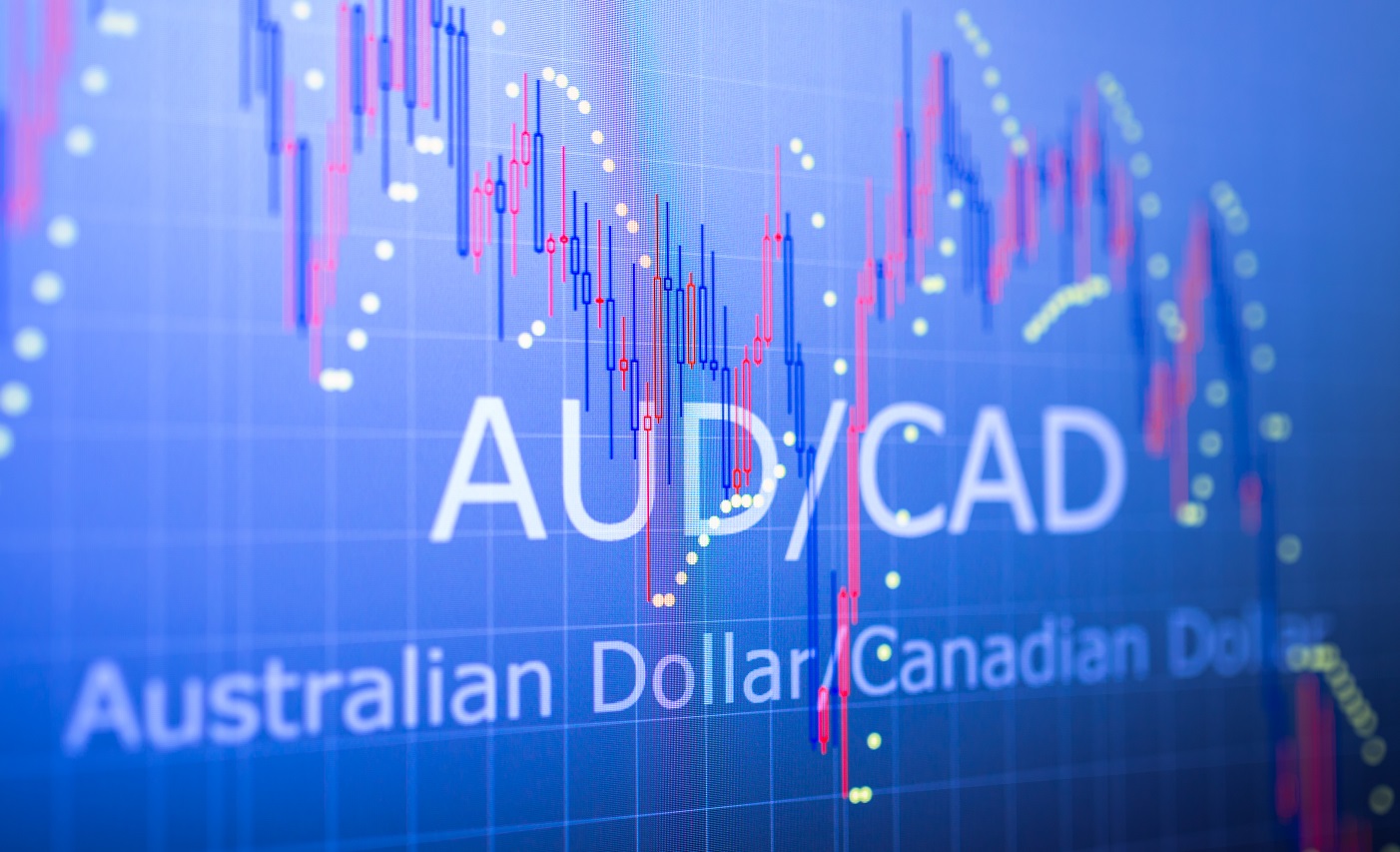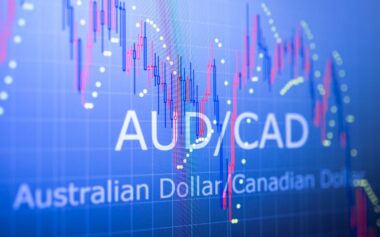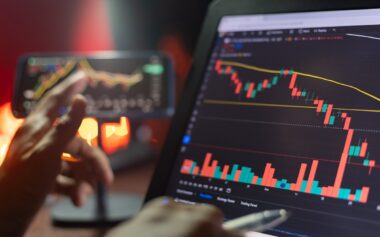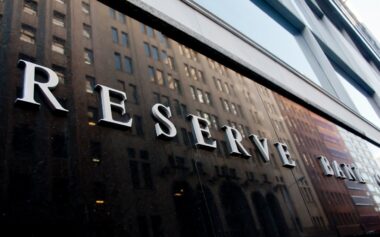The Best AUD Crosses to Trade When London and New York Overlap

Trading the AUD Cross Pairs From Australia in 2025 and Beyond
Trading from Australia requires a keen sense of timing. The overlap of the London and New York forex sessions between 9:00 PM and 12:00 AM AEST is a prime time for trading. This period is ideal for certain AUD cross pairs, influenced by Australia’s commodity prices. It also offers opportunities for short-term trades using a 15-minute chart strategy.
Major currency pair traders also benefit from this window. We’ll discuss how to manage forex volatility with effective risk management.
Discover how to trade more confidently from Australia.
Why 9:00 PM to 12:00 AM AEST Is a Sweet Spot for AUD Trading
This three-hour window is when London and New York are both active. It’s a time of high liquidity, increased volatility, and cleaner price action. For Australian traders, it’s a great time to trade after work or as part of a night trading plan.
Not all pairs are created equal during this overlap. While majors like EUR/USD and GBP/USD see large volumes, AUD cross pairs offer unique opportunities. They combine local relevance, global sensitivity, and tactical advantages that many traders miss.
The Best AUD Cross Pairs to Trade During This Time
AUD/USD
The most liquid AUD cross, AUD/USD, is influenced by U.S. data and Australian commodity news. During the overlap, U.S. economic reports like Non-Farm Payrolls and CPI data cause sharp moves. The pair also reacts to after-hours reports from China and global commodity price shifts.
AUD/JPY
AUD/JPY is a risk sentiment barometer even though Japan is not open during the 9–12 AEST window. It rallies when markets are bullish and drops fast when risk is off. This pair is key when equities or commodities spike.
AUD/GBP
The British pound is active during this period, making AUD/GBP a good choice for those who prefer mean-reverting moves. It’s influenced by UK inflation and central bank releases, which often happen in this window.
AUD/CAD
AUD/CAD is useful for traders who want to exploit commodity divergence, like between oil (Canada) and iron ore (Australia). It’s often overlooked but can provide clean technical setups during this session.
How Commodity Prices Drive AUD Crosses
The Australian dollar is often referred to as a commodity currency. Australia is a leading global exporter of iron ore, coal, liquefied natural gas (LNG), and agricultural products. These exports significantly influence the AUD’s strength.
When iron ore prices rise, the AUD tends to strengthen, mainly due to increased demand from China. A surge in coal or LNG prices also boosts the Aussie’s bullish sentiment.
This directly impacts AUD/USD and AUD/JPY, which serve as proxies for commodity demand and broader market risk appetite. Traders monitor commodity market shifts, such as futures movements from Chicago and London, to anticipate AUD strength or weakness.
Conversely, a drop in iron ore or LNG prices can rapidly undermine the AUD. This is more pronounced if dovish central bank policy or weak Chinese demand coincide with the price drop.
In early 2025, reports of slower industrial production in China led to a slide in iron ore prices. This coincided with a noticeable fall in AUD/USD and AUD/JPY, catching the attention of both commodity and forex traders.
A 15-Minute Chart Strategy for Fast, High-Probability AUD Trades
The London-New York session overlap is known for fast and decisive price moves. A 15-minute chart strategy excels here, capturing intraday momentum without noise.
To trade the 15-minute chart effectively:
Identify a clear direction using a 20-period Exponential Moving Average (EMA). A price above the EMA with higher highs signals a bullish trend. Confirm with a Momentum indicator or RSI (14), looking for RSI crossing above 50 for longs or below 50 for shorts.
Look for short consolidation patterns like flags or pennants around key levels. A breakout in line with the trend is a good entry signal.
Target recent swing highs or lows. Keep stops tight but logical, just below a consolidation zone or a technical support level. Aim for a risk-reward ratio of at least 1.5:1.
This strategy is effective for AUD/USD and AUD/JPY due to their responsiveness to news, volume surges, and strong technical behaviours during the overlap window.
Smart Risk Management in a Volatile Session
Volatility offers profit opportunities but also risks rapid losses. Effective risk management is non-negotiable.
During this session, spreads may be tight, but volatility can be unpredictable. This is due to overlapping economic news from both the UK and the U.S.
Key risk management principles include:
Always calculate your risk per trade based on your account size. Risk no more than 1–2% per trade. Avoid overleveraging, which is risky on volatile pairs like AUD/JPY.
Use dynamic stop losses, not fixed pip distances. Let the market structure guide your stops, and trail them if the trade goes your way.
Be cautious around news release times. AUD/USD can spike 30–50 pips in seconds after a U.S. job report or inflation print. Consider stepping aside during these minutes or trading only after the dust settles.
Stick to a clear trading plan and avoid chasing the market. Emotional reactions during volatile periods are the number one reason traders lose money.
What Major Pair Traders Can Learn From the AUD Crosses
Even if you’re not trading AUD cross pairs directly, understanding their movements can give context to the broader market.
A spike in AUD/USD might signal strong risk appetite and commodity demand. This sentiment could then influence EUR/USD and GBP/USD, as traders seek riskier assets.
A crash in AUD/JPY could be an early sign of risk-off sentiment. This could negatively impact the S&P 500, oil prices, and dollar strength.
Many institutional traders monitor AUD pairs as macro indicators. As a retail trader in Australia, you’re in a prime position to leverage these insights.
AUD Trading in the 2025–2026 Market Environment
The second half of 2025 and 2026 will see significant trends in AUD trading.
The Reserve Bank of Australia (RBA) plans to keep rates moderately restrictive but may cut if inflation slows. The Federal Reserve in the U.S. is also likely to lower rates due to cooling job growth.
Commodity prices are volatile. Global energy transition policies are shifting LNG demand, while iron ore faces uncertain demand due to uneven Chinese growth.
This environment leads to swings in AUD demand, often during the London-New York overlap. This is when global traders react to news and technicals in real time.
For traders in Australia, this overlap is a valuable window. It’s when volume, volatility, and news all collide—without the need for late-night or early-morning trading.
Conclusion: Trading AUD Cross Pairs With Purpose
If you’re based in Australia and trading forex, the London-New York overlap from 9:00 PM to 12:00 AM AEST is your most accessible and potentially profitable trading window.
By focusing on responsive pairs like AUD/USD, AUD/JPY, and AUD/GBP, you can take strategic, high-probability trades. Understanding commodity markets’ influence on the Aussie dollar is key.
But don’t underestimate the volatility. Risk management is critical, even with fast-moving pairs.
Watching AUD crosses can also deepen your understanding of broader market sentiment, even if your focus is on major pairs.
AUD trading during the London-New York overlap is more than just timing. It’s a tactical advantage. If you know how to read the market and position yourself correctly, it can be one of the most consistent and rewarding parts of your trading day.
Disclaimer
The information, strategies, techniques and approaches discussed in this article are for general information purposes only. The Trading Coach International does not necessarily use, promote nor recommend any strategies discussed in this article. The information in this article may not be suitable for your personal financial circumstances and you should seek independent qualified financial advice before implementing any financial strategy. The Trading Coach International is not a financial advisor and does not have AFS registration.


















